New books newsletter is back a second time this month! Surprisingly, both the books kind of belong to a similar category: Social Design. These books give an in-depth look into designing, especially, addressing social issues of our times.
Design Solutions for Urban Densification by Sibylle Kramer
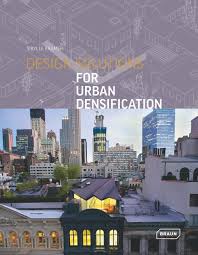 Studies show that about 3 million people move to the cities every week! Apart from the privilege of having SoulCycle at every corner, cities provide better education, infrastructure and more importantly, culture. Therefore, getting our cities right should be the order of the day. There are two ways to do this, one is getting on to the suburban craze of “sprawl” (ugh! Boring!) or retrofitting our inner cities to suit the incoming populace. This book deals with the latter.
Studies show that about 3 million people move to the cities every week! Apart from the privilege of having SoulCycle at every corner, cities provide better education, infrastructure and more importantly, culture. Therefore, getting our cities right should be the order of the day. There are two ways to do this, one is getting on to the suburban craze of “sprawl” (ugh! Boring!) or retrofitting our inner cities to suit the incoming populace. This book deals with the latter.
This essentially means that “even the smallest building gaps are closed, peripheral block buildings are complemented, small buildings are replaced by larger ones, living spaces are created by reuse, plots are divided and inner courtyards are used for construction.” If you’re good at Tetris, you will probably be good at this urban retrofitting thing. One such example is the Cordoba-Reurbano Housing building in the historical La Roma neighborhood of Mexico City. As a part of an urban recycling initiative, it adds on a succession of terraces and built residential volumes on top of a historic building.
Design Solution for Urban Densification presents 41 outstanding projects of urban redensification that illustrate the different approaches adopted by architects and planners to build for the cities today. Explore a range of amazing and surprising unconventional buildings and creative solutions across the entirety of the book with graphical plans and detailed sections and of course lots of beautiful photo spreads.
Social Design: Participation and Empowerment by Claudia Banz, Michael Krohn and Angeli Sachs
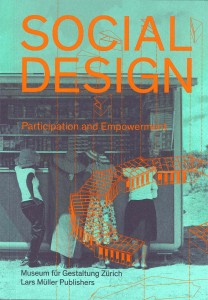 Social Design talks about designing for the society… with the society, addressing complex social issues of our times through the perspective of interdisciplinary design. It addresses 25 international projects that represent unique solutions and tackle the redesign of social systems. The projects range a wide breadth of topics from creating human scale neighborhoods in China to sustainable weaving communities in Ethiopia. These are framed by three essays that talk about Social design in the past and present, it’s job in education/ research and the concept of plan making in shaping socially conscious societies.
Social Design talks about designing for the society… with the society, addressing complex social issues of our times through the perspective of interdisciplinary design. It addresses 25 international projects that represent unique solutions and tackle the redesign of social systems. The projects range a wide breadth of topics from creating human scale neighborhoods in China to sustainable weaving communities in Ethiopia. These are framed by three essays that talk about Social design in the past and present, it’s job in education/ research and the concept of plan making in shaping socially conscious societies.
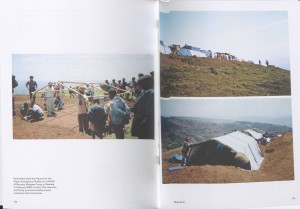
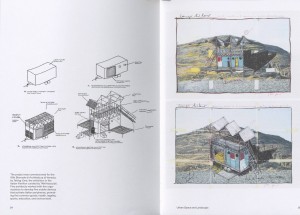
Some of the feature projects include Fairphone, 10,000 Gardens for Africa (Slow Food Foundation), Paper emergency shelters for UNHCR by Shigeru ban among a few.


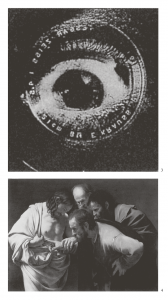
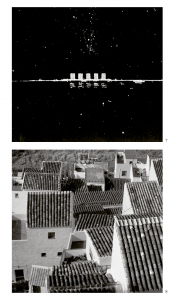
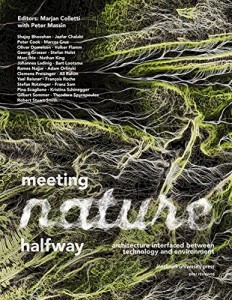
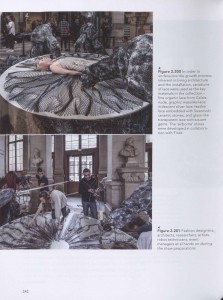
 “The combination of historical events, myths and traditions has created a multiplicity of conflicts between competing religions, communities and affiliations regarding the ownership and rights of use of places and monuments. In turn these conflicts have led to the formation of an extraordinary concentration of intricate spaces, fragmented and stratified both historically and physically”
“The combination of historical events, myths and traditions has created a multiplicity of conflicts between competing religions, communities and affiliations regarding the ownership and rights of use of places and monuments. In turn these conflicts have led to the formation of an extraordinary concentration of intricate spaces, fragmented and stratified both historically and physically”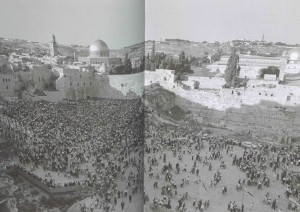
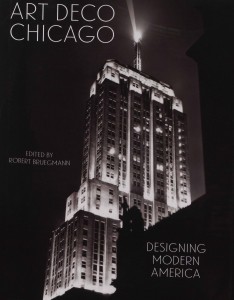 embrace naturalistic, geometric or abstract surface decoration, and those that have no surface decoration but whose forms are themselves decorative”
embrace naturalistic, geometric or abstract surface decoration, and those that have no surface decoration but whose forms are themselves decorative”